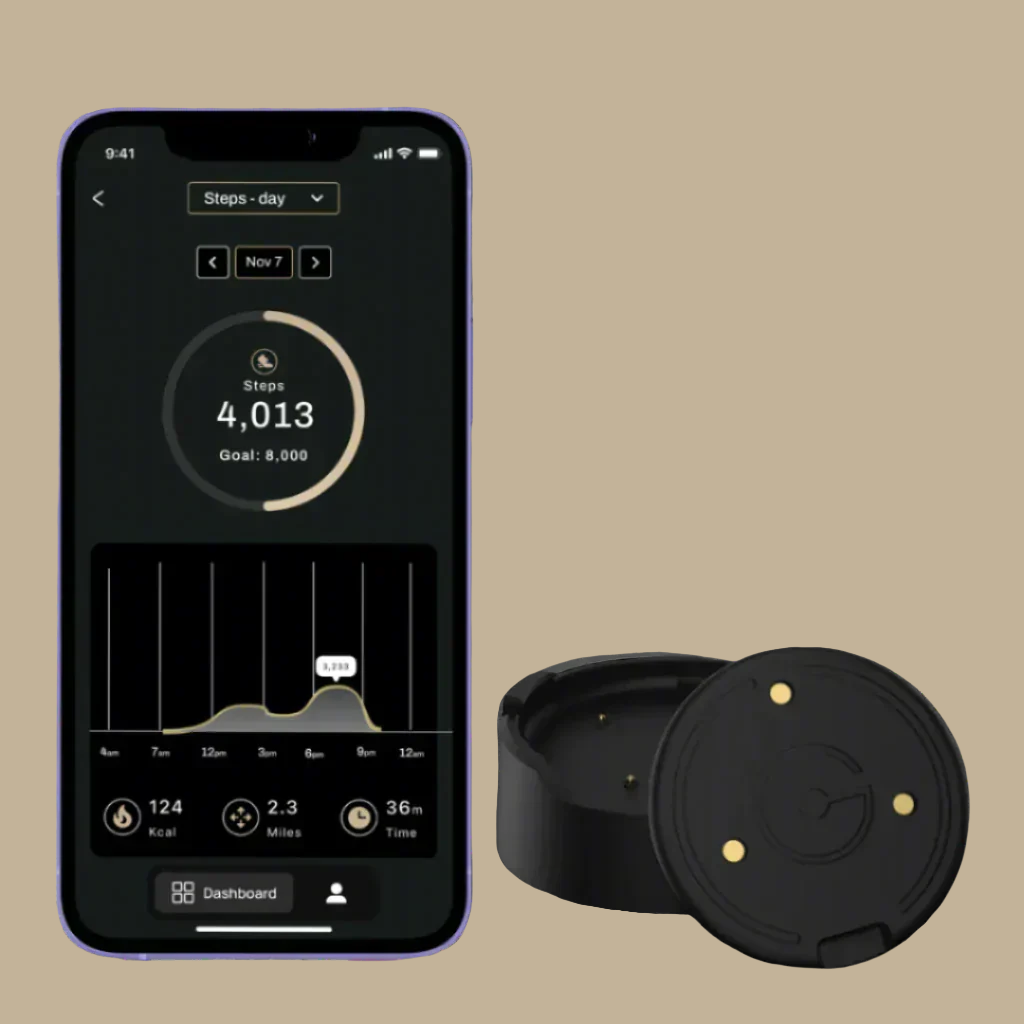Why Traditional Watches Still Dominate

Despite the rise in smartwatches, traditional watches remain deeply embedded in the culture of style, craftsmanship, and self-expression. For many, wearing a classic timepiece is about more than just telling time—it is about preserving a sense of identity and appreciation for mechanical precision. Luxury watch brands such as Rolex, Omega, and Patek Philippe represent decades of engineering excellence, and for those who collect and wear these watches, making the switch to a digital smartwatch feels like a downgrade rather than an upgrade. The appeal of a mechanical watch goes beyond its function; it is a statement, an investment, and often a sentimental object with a rich history. Furthermore, battery life remains a major advantage of traditional watches over smartwatches.
A well-maintained mechanical or quartz watch can run indefinitely or for years on a single battery, whereas smartwatches require daily or weekly charging. The frustration of constantly having to recharge a smartwatch adds to the reluctance of those who appreciate the ease of a traditional watch. Yet, the appeal of smartwatches is undeniable. The ability to track health metrics, receive notifications, and interact with a digital ecosystem provides a level of convenience that many users seek. The challenge has been finding a way to incorporate these smart features into a traditional watch without compromising its identity.






